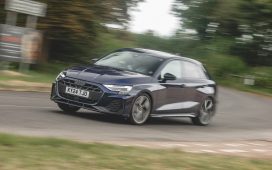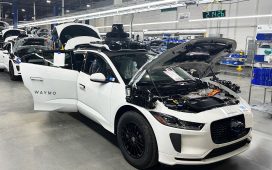As the Chicago area continues to deal with dangerously cold temperatures that have gripped the region in recent days, those who are commuting to work are likely warming their cars up ahead of their drive.
While idling a vehicle’s engine in the cold is seemingly a winter practice as old as time, letting your car warm up may not only be unnecessary, it could also be detrimental to your vehicle.
Experts with AAA Automotive insist you should only allow your engine to warm up for a little while.
It’s recommended that you let your engine idle for as long as it takes to fasten your seatbelt.
Some experts encourage letting your car idle for up to 30 seconds before getting on the road, but that’s the longest you should wait, according to a Carfax article. Idling any longer will reduce your fuel economy and also cause wear on your car.
Excessive idling can take its toll on your engine, affecting the cylinders, spark plugs, and emissions system, according to experts.
Warming up cars for a while during the winter used to be a common practice, but that has changed in recent decades. When vehicles had carburetors, specifically in the 1970s and 1980s, it could take several minutes for the right blend of air and fuel to be delivered to the engine.
Without the correct blend, cars would sputter, stall, and leave drivers stranded, the article stated.
By the late 1980s and early 1990s, all car manufacturers had completed the transition to electronic fuel injection. That process uses sensors, which work with fuel injectors, to ensure the correct air-fuel mix is delivered properly.
If you do try starting your car and aren’t successful, it might be because the batteries aren’t completely charged.
There are a variety of methods you can use to get your car running again, according to JD Power.
Many are listed below:
- Warm up the battery. You will increase the chances of starting the engine. To do this, you can flash the high beam for 20-30 seconds.
- Turn on the ignition. If you drive a car with an injector, wait a few seconds for the fuel pump to start working.
- Remember to pull the lever if your carburetor has no automatic choke.
- In cars with a manual transmission, before starting the engine, depress the clutch pedal to disengage the frozen transmission from the motor. In vehicles with automatic transmissions, skip this step.
- Try to start the car. The starter should be turned on no longer than 10-15 seconds, as it can overheat. Do it again after 1 minute passes.
- If the starter operates normally, yet the car does not start after three attempts, try depressing the gas pedal and then try starting again.
- If the starter does not turn, the most likely cause is a dead battery or the starter itself.









